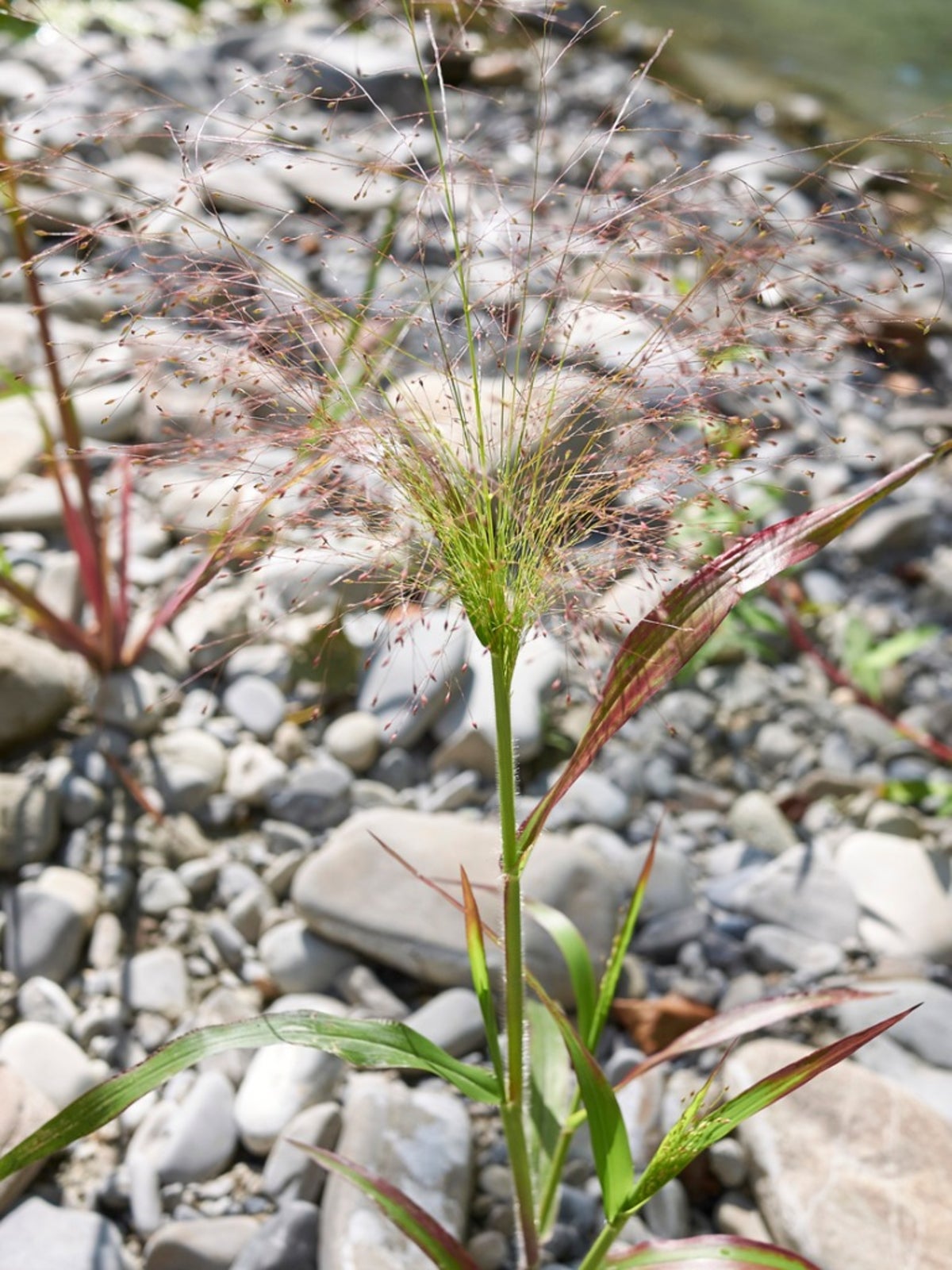Witchgrass Weed Control - How To Get Rid Of Witchgrass


I have always maintained there is magic in the landscape and witchgrass (Panicum capillare) proves I am right. What is witchgrass? The tufted grass is an annual plant that has hairy stems and large seed heads. It is the seed heads which give witchgrass weeds their name. When ripe, the seeds burst out and quickly scatter for long distances in the wind. This makes controlling witchgrass something of a challenge, but there are methods of witchgrass weed control that are effective when used consistently.
What is Witchgrass?
Witchgrass is considered a weed in most parts of the eastern United States. It takes over in disturbed areas, dry ditches, fields and almost any under grown soil area. The grass can get 30 inches tall with a bunching habit. The plant has a shallow fibrous root system that anchors it in dry or wet soils. The stems are hairy and erect with a large panicle produced in summer. Witchgrass weeds reproduce by seed and it is the fuzzy panicle that soars above the rest of the plant and is the subject of the name. The panicle has a point similar to a witch's broom. Witchgrass is also called panic grass, hair grass, tickle grass and tumble grass. The last is due to the dry brittleness of the panicle, which breaks off easily and tumbles away in the wind.
Why Controlling Witchgrass is Important
This annual weed is common in cropland but it is not controlled by atrizine, which is a common crop herbicide. When that chemical is used, all other weeds succumb but witchweed takes their place and quickly spreads to become a nuisance. It is sometimes introduced to seed crops in the seed. The tenacious manner of growth and ability of the plant to spread its seed and adapt to a wide variety of conditions make it a serious competitor for cash crops. Controlling witchgrass starts with cultural amendments and finishes with a chemical herbicide for complete management.
How to Get Rid of Witchgrass
Witchgrass weed control in smaller locations may occur from pulling the plants but in open fields and less managed spaces, clean cultivation methods and chemical management are recommended. Use a hoe or pull small weeds where you are able. Ensure that compost piles are staying warm and remember to turn them to prevent weed seeds from germinating. Wash any garden tilling tools to prevent spreading the seed and, in bad cases, rinse off shoes and check pant legs before walking into fields. Witchgrass weeds can be controlled with most annual weed herbicides. Broadcast spray the mixture onto the afflicted area. Only spray when temperatures are 55 degrees Fahrenheit (12 C.) or above and when winds are calm. You can also try mowing the area before seed heads form. Witchgrass will die back when cold temperatures arrive. If you can keep those annoying seed heads from producing, you can prevent problems with the grass the next year.
Sign up for the Gardening Know How newsletter today and receive a free copy of our e-book "How to Grow Delicious Tomatoes".

Bonnie Grant is a professional landscaper with a Certification in Urban Gardening. She has been gardening and writing for 15 years. A former professional chef, she has a passion for edible landscaping.